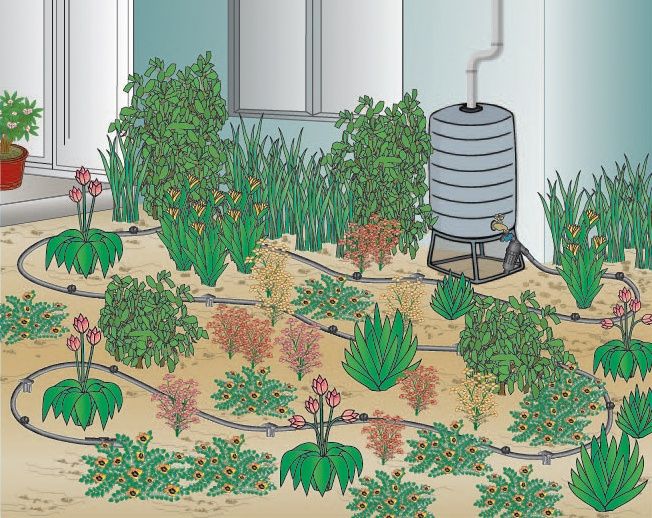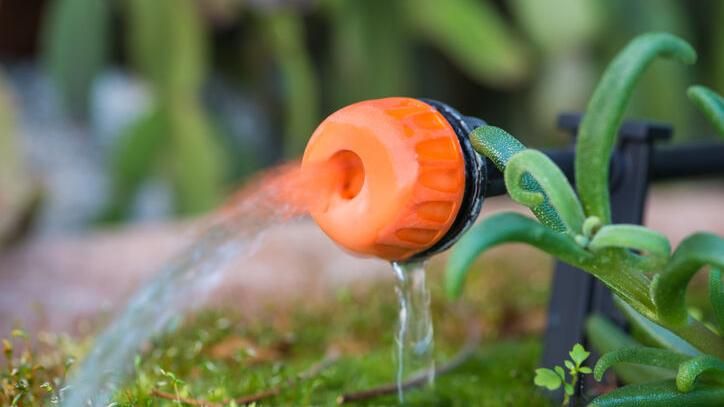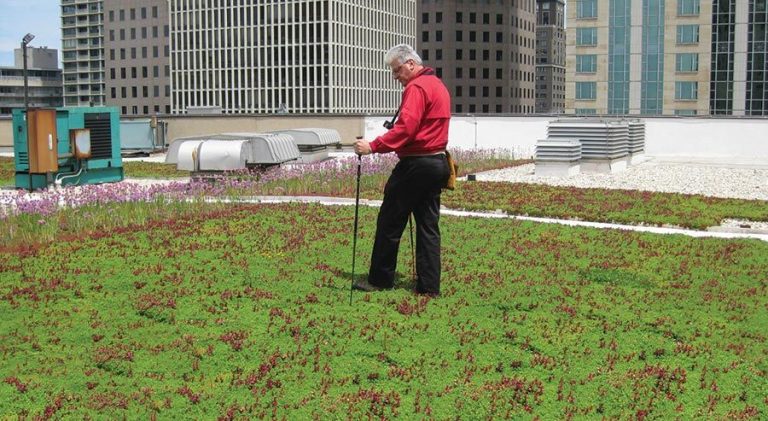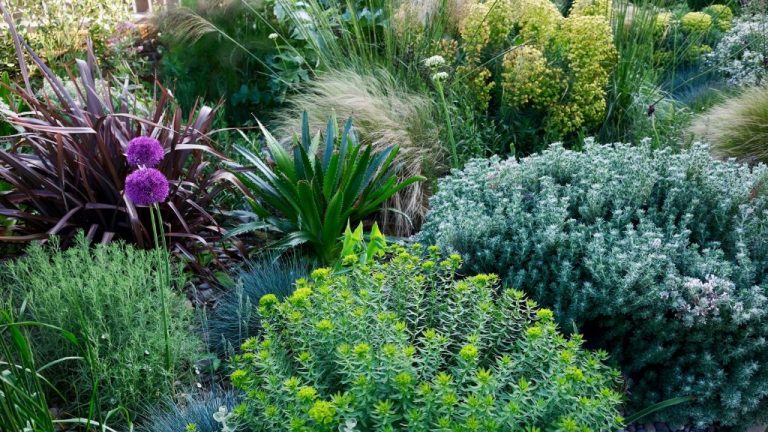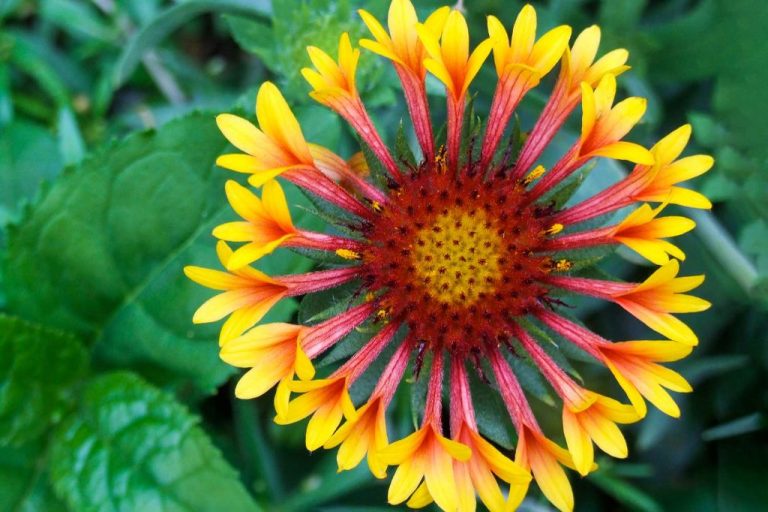Cottagecore Landscaping: Embracing Cozy And Quaint Designs
Cottagecore is an aesthetic movement and style of interior design that romanticizes rustic, simple rural life. The term “cottagecore” first emerged in the mid 2010s, gaining popularity on social media sites like Tumblr and Instagram where people shared photos of the cozy, nostalgic style.
Cottagecore as an aesthetic has roots going back centuries, with some scholars even comparing it to ancient Roman styles that idealized pastoral life (Cottagecore Debuted 2300 Years Ago). However, cottagecore as a defined trend really took off in recent years. According to Wikipedia, it developed throughout the 2010s before exploding in popularity in 2019 and 2020 (Cottagecore).
The cottagecore style embraces a romanticized version of rural life with quaint, cozy designs. Typical cottagecore elements include floral prints, antique furniture, lace details, pressed flower art, embroidery, and natural wood finishes. Cottagecore interiors also focus on handmade crafts and items with a vintage look and feel.
Key Elements of Cottagecore Landscaping
The main aim of cottagecore landscaping is to create a romantic, quaint garden that feels cozy and lived-in. There are several key elements that can help achieve this look:
Use of flowering plants is essential for a cottagecore garden. Aim for informal, overflowing beds and borders filled with roses, peonies, hollyhocks, hydrangeas, lavender, foxgloves, and other cottage favorites. According to Homes & Gardens, including “pretty florals” gives a quintessential cottage feel.[1]
Herb gardens are another must for cottage gardens, as they add practicality and charm. Consider planting thyme, sage, rosemary, oregano, chives, basil, parsley, mint, and other culinary herbs. You can intersperse them with flowers or give them their own dedicated space. As noted by Gardening Know How, fruiting plants like strawberries or blueberries also fit the cottage vibe.
Vegetables can be incorporated too, especially in a potager-style design with geometric beds. Opt for heirloom varieties of tomatoes, beans, lettuce, carrots, peas, and more. A cottage garden should feel productive while also being ornamental.
Rather than modern materials, incorporate wood and stone elements wherever possible. Use weathered wooden plant boxes, arbors, trellises, benches, and fences. Stone pathways, walls, and water features will also complement the naturalistic style.
Rain barrels are a practical addition that add to the sustainability factor of a cottage garden. Paint or decorate them to match the quaint surroundings. Their overflow can help irrigate plants.
[1] https://www.homesandgardens.com/news/how-to-create-a-cottagecore-garden
Creating a Cottage Garden
The cottage garden is characterized by an informal design and charming, romantic look. Instead of orderly rows and defined garden beds, cottage gardens have a more natural, free-flowing layout. Curving beds gently meander through the garden space, with plants seeming to tumble over one another. Plant heights are mixed, creating depth and layers in the garden.
Perennial flowers are a hallmark of the cottage garden, providing long-lasting color throughout the seasons. Some classic cottage garden flowers include hollyhocks, roses, peonies, daisies, lavender, and coneflowers. Choose a variety of flower shapes, sizes, and colors for visual interest. Allow some plants to self-seed to further the informal look.
Don’t worry about perfection in a cottage garden. Embrace plants spilling over the edges and slightly wild, romantic charm. Focus on creating a cozy, welcoming space for relaxing and enjoying nature’s beauty.
For inspiration, see: https://www.bhg.com/gardening/yard/garden-care/cottage-garden-care/
Incorporating Edible Plants

A cottage garden isn’t complete without a variety of edible plants mixed in with the ornamentals. Herbs, vegetables, and berry bushes are a must for any cozy cottage garden. Popular edible additions include:
- Herbs like basil, chamomile, chervil, dill, fennel, oregano, parsley, rosemary, sage, thyme, and more. Herbs add wonderful scents and flavors while also attracting pollinators.
- Vegetables like kale, lettuces, radishes, peas, beans, tomatoes, peppers, carrots, and potatoes can be tucked in the ornamental beds or given their own separate potager garden.
- Berry bushes like raspberries, blackberries, currants, gooseberries, and blueberries produce sweet fruits while providing year-round interest.
When planting edibles, be sure to consider sunlight, drainage, and spacing requirements. Rotating crops yearly helps maintain soil health. Cottage gardens allow you to have fresh herbs, veggies, and berries just steps from your door while enhancing the pastoral charm.
Adding a Potager Garden
A potager garden is a visually pleasing and functional kitchen garden. Potagers originated in Europe, especially France, and feature geometric designs, orderly rows, and aesthetically pleasing arrangements of edible and ornamental plants (1).
Potagers are very structured, with straight lines and symmetrical patterns. Pathways outline geometric beds, often in a square, rectangular, or circular shape. Trellises, arbors, obelisks, and other structures provide vertical interest. Plants are neatly organized by height, color, and blooming time for an orderly appearance (2).
In addition to vegetables, potagers incorporate herbs, fruits, and flowers. Popular herb choices include chives, thyme, sage, parsley, rosemary, and lavender. Flower varieties like calendulas, nasturtiums, violas, and sunflowers provide pops of color. Fruit trees and berries are also integrated into the overall design.
The orderly, ornamental style of a potager garden allows you to grow vegetables and herbs efficiently while adding beauty to your landscape. Embracing geometric patterns and thoughtfully combining edible and decorative plants creates a one-of-a-kind garden sure to make your cottagecore dreams come true.
(1) https://www.bbg.org/article/potager
(2) https://www.growveg.com/guides/how-to-design-a-potager-garden/
Using Wood and Stone
Cottage gardens often incorporate natural materials like wood and stone to create a rustic, charming aesthetic. For fences and gates, weathered wood with chipping paint or a worn patina helps evoke a cozy, timeworn feel (https://www.bhg.com/gardening/design/styles/cottage-garden-design-tips/). Gravel or stone pathways winding through the garden add delightful texture underfoot and complement flower beds and vegetation. Low stacked stone walls are another characteristic cottage garden feature; they can edge the perimeter of the garden or beds, separate different sections, or frame a seating area (https://www.thisoldhouse.com/gardening/21018056/8-essential-elements-for-planning-a-cottage-garden).
Rustic wooden arbors, trellises, and plant supports crafted from birch or willow branches also blend perfectly with the casual cottage style. For a whimsical accent, try incorporating a wooden garden gate or archway with a hand-painted sign. Well-placed boulders and rough-hewn stone benches likewise enhance the cozy garden environment. Allowing moss or lichen to grow on stone or wood structures will further embrace the charm of imperfection in a cottage garden.
By thoughtfully incorporating weathered wood and natural stone elements, you can create a cottage garden with old-world, storybook appeal.
Water Elements
Water features like rain barrels, bird baths, and small ponds add soothing sounds and visual interest to a cottage garden. According to Home Depot, cottages often incorporate water elements like fountains for a “quaint, charming look and soothing sound” (Cottage – Fountains – Outdoor Decor).
Rain barrels collect rainwater from your roof, providing a functional way to conserve water for gardening use. Add a spigot to easily fill watering cans. For visual appeal, paint or decorate the barrel. Position it under a downspout or use multiple barrels connected with hoses.
Bird baths give birds a place to drink, bathe, and cool off. Opt for shallow basin designs, which prevent drowning. Place your birdbath in an open area of the garden so birds feel safe landing. Refresh the water frequently to prevent mosquitoes.
For a focal point, install a small preformed pond lined with rocks and aquatic plants. The burbling sounds of a pond fountain or waterfall provide sensory stimulation. Consider a solar pump for low-maintenance operation. Ponds attract beneficial wildlife like frogs, dragonflies, and butterflies.
Creating Cozy Seating Areas
A charming cottage garden simply must have cozy spaces to sit back and enjoy the surroundings. Wicker, iron, or wooden furniture with plush cushions will provide a comfortable spot to relax. Consider placing seating areas in shadier spots under trees or next to garden structures. According to Homes and Gardens, a perfect addition is a canopy swing where you can gently rock back and forth while admiring your blooms. Strategically placed iron or wooden benches along garden paths also invite you to stop and smell the roses.
For smaller cottage gardens, a bistro table and chairs is ideal for an intimate tea party for two. Larger expanses can incorporate a full dining table and chairs for outdoor entertaining. Use weather-resistant cushions in cheery floral prints or solids to complement the vibrant plantings. Incorporating a fire pit, chimenea, or outdoor heater extends enjoyment into the evenings.
By providing cozy seating nooks throughout your cottage garden, you’ll have plenty of opportunities to relax and soak up the charm.
Caring for Your Cottage Garden
A cottage garden requires a bit of ongoing maintenance to keep it looking lush and vibrant throughout the seasons. Here are some tips for caring for your cottage garden:
Fertilizing the garden 1-2 times per year will help replenish nutrients that plants need to thrive. An organic, slow-release fertilizer or compost is ideal for nourishing the soil in a cottage garden. According to Better Homes & Gardens, fertilizing in early spring and midsummer will support healthy growth.
Pruning overgrown shrubs, vines, and flowering plants in late winter or early spring helps open up congested areas and promote new growth. However, avoid severe pruning to maintain the informal, abundant look of a cottage garden. Deadheading spent flowers regularly encourages continued blooming throughout the season according to Shiplap and Shells.
Weed control is important for preventing invasive plants from taking over more desirable species. Mulching around plants helps suppress weeds. Hand pulling weeds regularly before they spread seeds will keep them under control. Allowing some self-sown annuals to grow adds to the relaxed charm.
With some basic care focused on fertilizing, pruning, and weeding, a cottage garden can thrive for years while retaining its informal, romantic appeal.
Bringing the Look Inside
Cottagecore design is not just limited to the outdoors. You can bring the cozy, vintage look inside your home as well. Some key ways to incorporate cottagecore style indoors include using dried flowers, ceramic pots, and antique accents.
Dried flowers are a quintessential cottagecore decorative element. Display dried lavender, baby’s breath, or wildflowers in glass bottles or ceramic vases for a romantic, timeworn look. You can also hang dried wreaths or garlands on walls or doors. Dried flowers add a touch of nature and charm to any indoor space (Source).
Ceramic pots are another cottagecore staple. Painted terra cotta pots filled with trailing ivy or succulents make excellent additions to window sills, side tables, shelves, or mantels. Distressed ceramic vases also complement the vintage cottage aesthetic. Cluster mismatched vases together for an eclectic look (Source).
Lastly, incorporate antique accents to bring cozy heritage into modern spaces. Vintage signs, clocks, trunks, and distressed wooden furniture infuse spaces with old-fashioned charm. An antique kitchen dresser styled with embroidered linens makes a charming display. Or hang an antique key collection for a unique focal point. Antique accents add character and warmth perfect for cottagecore interiors (Source).

